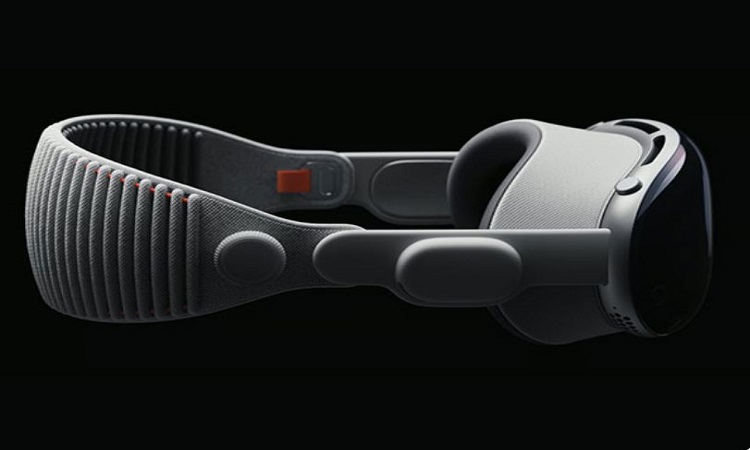Apple Vision Pro to restrict camera access for third party apps
Tech giant Apple recently unveiled its first augmented reality headset, Apple Vision Pro, at its 2023 Worldwide Developers Conference. (WWC) according to the website Mashable. Read further on Dynamite News:

Washington: Tech giant Apple recently unveiled its first augmented reality headset, Apple Vision Pro, at its 2023 Worldwide Developers Conference. (WWC) according to the website Mashable.
An Apple engineer, cited by the US website stated that the Apple Vision Pro's camera feeds will not be made available to third-party developers. Because of privacy concerns, Apple is blocking access to the camera.
Also Read |
Apple Vision Pro production halted amid weak demand
During developer talks at WWDC 2023, an Apple engineer revealed that third-party developers will not have access to Apple Vision Pro camera feeds (via UploadVR). Due to privacy concerns, Apple will block unauthorised access to the mixed reality headset's camera. When making a FaceTime call using Apple Vision Pro, the recipient's persona will be displayed instead of their actual face.
Using machine learning techniques developed by Apple, Personas can be generated to mimic the user's facial expressions and hand gestures in realtime. It has been speculated that meeting apps like Zoom and WebEx make use of Personas as well. VisionOS's default behaviour for the back camera is to provide a black feed with a "no camera" icon in the middle. The app wouldn't crash and programmers wouldn't be able to add their own vision enhancements if they did this, as per Mashable website.
Also Read |
Technology: Google says it sent fewer phishing warnings in 2019
UploadVR claims that rivals like the Meta Quest headsets are not permitted access to raw camera data. HTC also restricts access to the raw camera feed on the Vive XR Elite. But with the introduction of cutting-edge headsets, that could all change in the near future. The Apple Vision Pro will retail for $3,499 (Rs 2,88,500) in the United States beginning in 2024. It's powered by visionOS and has two ultra-high-resolution micro-OLED screens. The M2 and the new R1 chipsets from Apple are what drive it, reported Mashable website. (ANI)
 Dynamite News
Dynamite News 